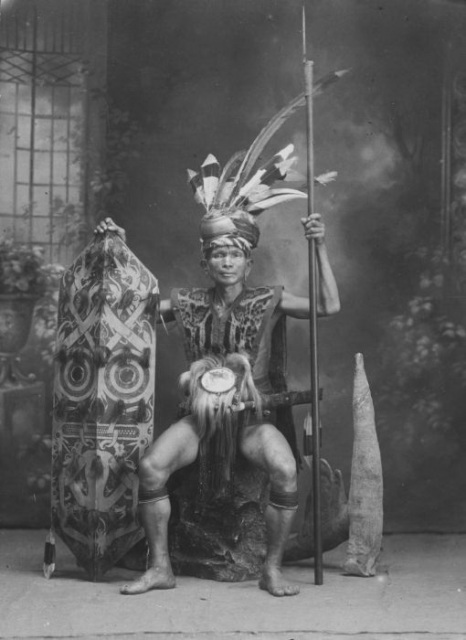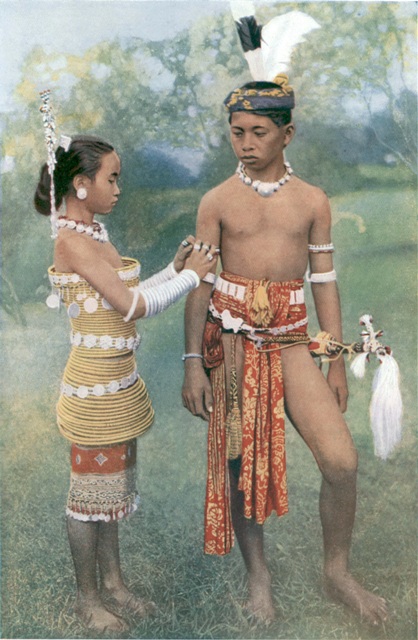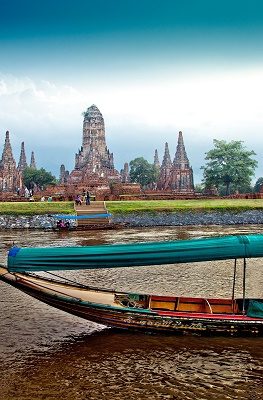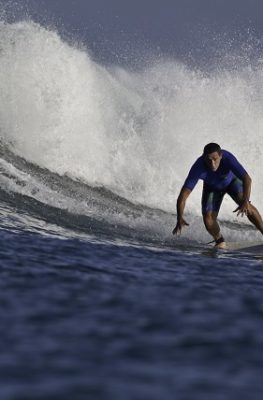Published on May 19, 2014

Dayak Chief (above), Young Ibans or Sea Dayaks (below)

Borneo is the third largest non-continental island in the world (after Greenland and New Guinea) and Asia’s largest island. While it accounts for just 1% of the world’s land area, Borneo’s 743,330 square kilometers nevertheless hold approximately 6% of Earth’s biodiversity. In rich, tropical forests reside 15,000 species of flowering plant including the Rafflesia, the world’s largest flower, 3,000 tree species, 221 species of terrestrial mammal including orangutans, 420 species of bird, and about 440 freshwater fish species. Yet according WWF this biodiversity is under threat: “Borneo has already lost over half its forests, and a third of these disappeared in just the last three decades.”
In 2010 the World Wide Fund for Nature announced that 123 species previously unknown to science had been identified in Borneo in the short period since the Heart of Borneo (HoB) Initiative was signed in 2007. A unique government-led and NGO-supported program and a fine example of cooperation among the three ASEAN member nations that share Borneo – Brunei Darussalam, Indonesia and Malaysia – the Heart of Borneo Initiative aims to conserve biodiversity through a network of protected areas and the sustainable management of forests and other land uses.
The Heart of Borneo refers to one of the largest transnational rainforests remaining in the world; extensive areas of Borneo where 130 million year old forests remain intact. It covers an area the size of England and Scotland put together and extends into the territories of Brunei, Indonesia, and Malaysia. The Heart of Borneo is both a treasure trove of biodiversity and a source of life and livelihood for 11 million Borneans, including 1 million forest-dwelling indigenous Dayaks.
“Dayak” is a loose term coined by Europeans for the more than 200 riverine and hill-dwelling ethnic subgroups located principally in the interior of Borneo, each with its own dialect, customs, laws, territory and culture. The significant cultural and linguistic diversity of Borneo’s indigenous peoples parallels the biodiversity of the Heart of Borneo. Indeed much of the Dayaks’ wealth of traditional knowledge informs the strategies of the Heart of Borneo Initiative.
WWF asserts that for centuries the Dayak people in the Heart of Borneo have managed forests in sustainable ways; that their practices, supported by customary regulations and traditional knowledge, have contributed to the maintenance of Borneo’sbiodiversity. Communities of Dayak still living in the interior are still largely regulated by customary law or adat which govern their daily affairs and the management of natural resources within their territory. Zoning, for example, is a land management tool employed by the Dayak whereby forest territory is divided into areas for non-timber forest product collection, hunting, agriculture (rice paddies and swiddens), gardens, old settlements, and sacred sites.
Local regulations specify the rates and means of collection of forest resources. They emphasize collecting animal and forest products only as needed to minimize waste, and harvesting in ways that ensure future reproduction or growth. Some examples: Dayak communities ban the use of chemicals and sophisticated technology for catching fish. Only traditional tools like nets, rods and fish traps may be used. Trees at the headwaters of rivers may not be cut. Salt springs in the forest and common hunting grounds must not be damaged.
In the past the Dayak were feared for their headhunting, an ancient tradition long abandoned. Today, even as many Dayak move out of their traditional longhouses to take up more private quarters, the Dayak are respected guardians of Borneo’s green heart.
Source:http://wwf.panda.org/; Wikipedia.org





